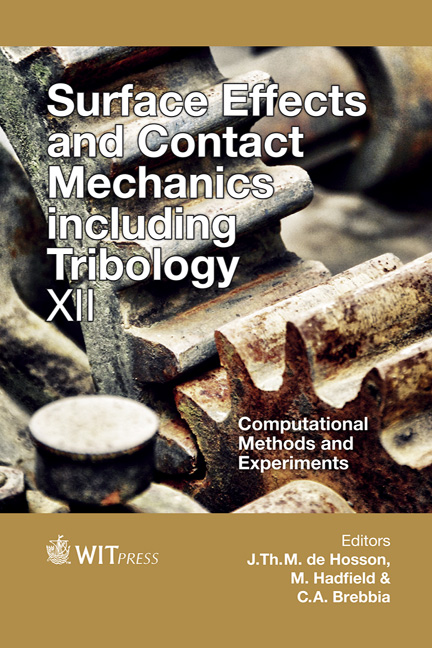Evaluation Of Hyperelastic Material Properties Based On Instrumented Indentation
Price
Free (open access)
Transaction
Volume
91
Pages
8
Page Range
153 - 160
Published
2015
Size
78 kb
Paper DOI
10.2495/SECM150141
Copyright
WIT Press
Author(s)
V. I. Zafiropoulou, A. E. Giannakopoulos
Abstract
It is well known that instrumented indentation tests are useful tools in probing mechanical properties of materials such as metals and ceramics. Instrumented indentation of hyperelastic materials such as rubbers, bio-materials, tissues etc. has not been examined in depth, especially the inverse problem of material characterization from instrumented indentation response. The difficulty of the inverse problem for such materials is that the unknown property is a function, the elastic energy density function. There are several such functions and each function is often characterized by more than one parameter. If the maximum indentation depth is low, we have shown that instrumented indentation of initially unstretched hyperelastic materials can only resolve a combination of the material parameters. If the maximum indentation depth is high, the indentation can provide independent material properties, however not in a unique way. Moreover, high indentation loads could lead to surface puncturing and so blur the test results. In this work, we show that we can use spherical indentation of a substrate at different but known prestretch levels to obtain the involved material properties of the energy density function. The present methodology can also incorporate a limit energy failure criterion and instrumented indentation can incorporate this behavior which we may call indentation strength.
Keywords
instrumented indentation, hyperelasticity, prestretching, property extraction





